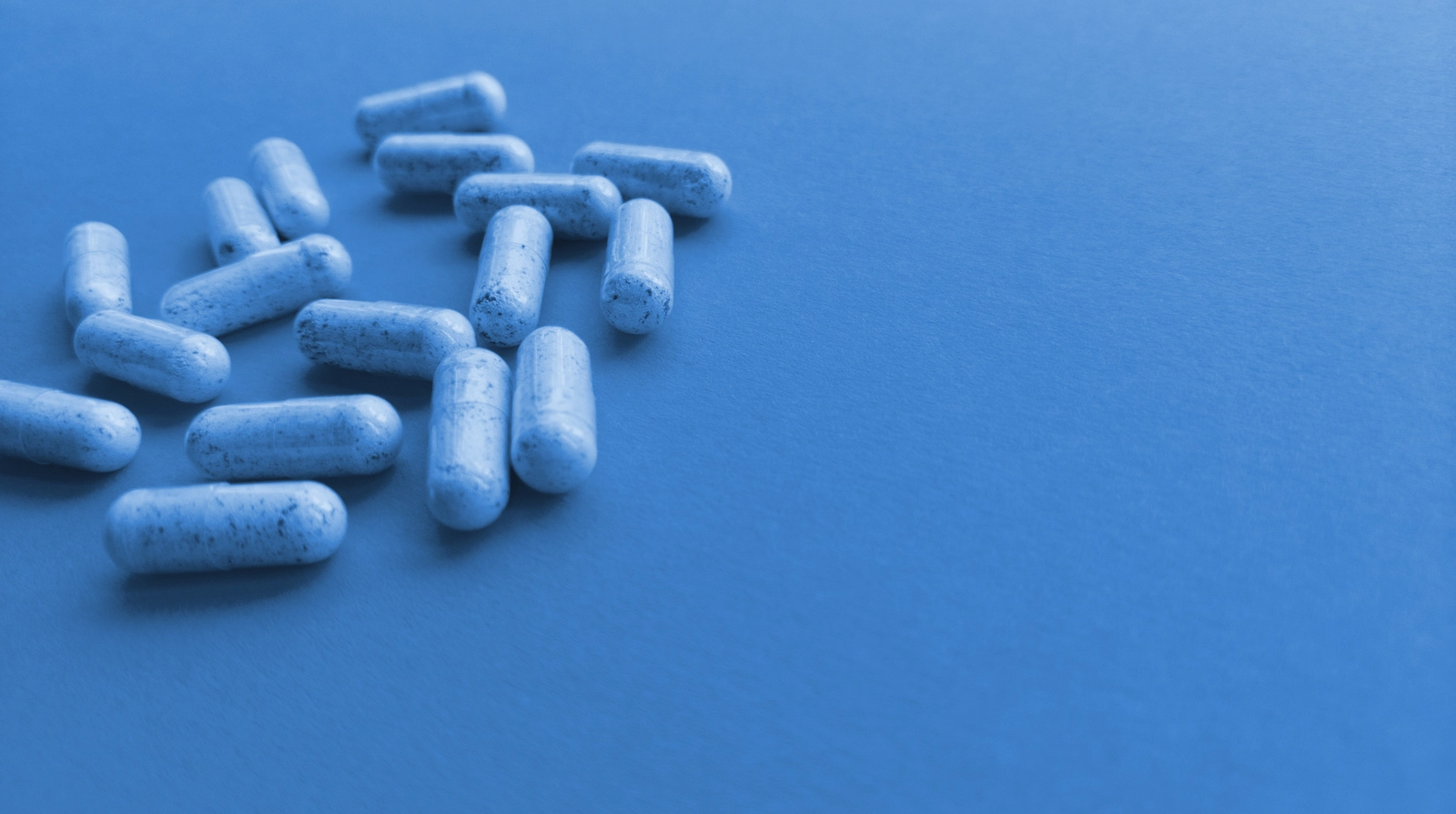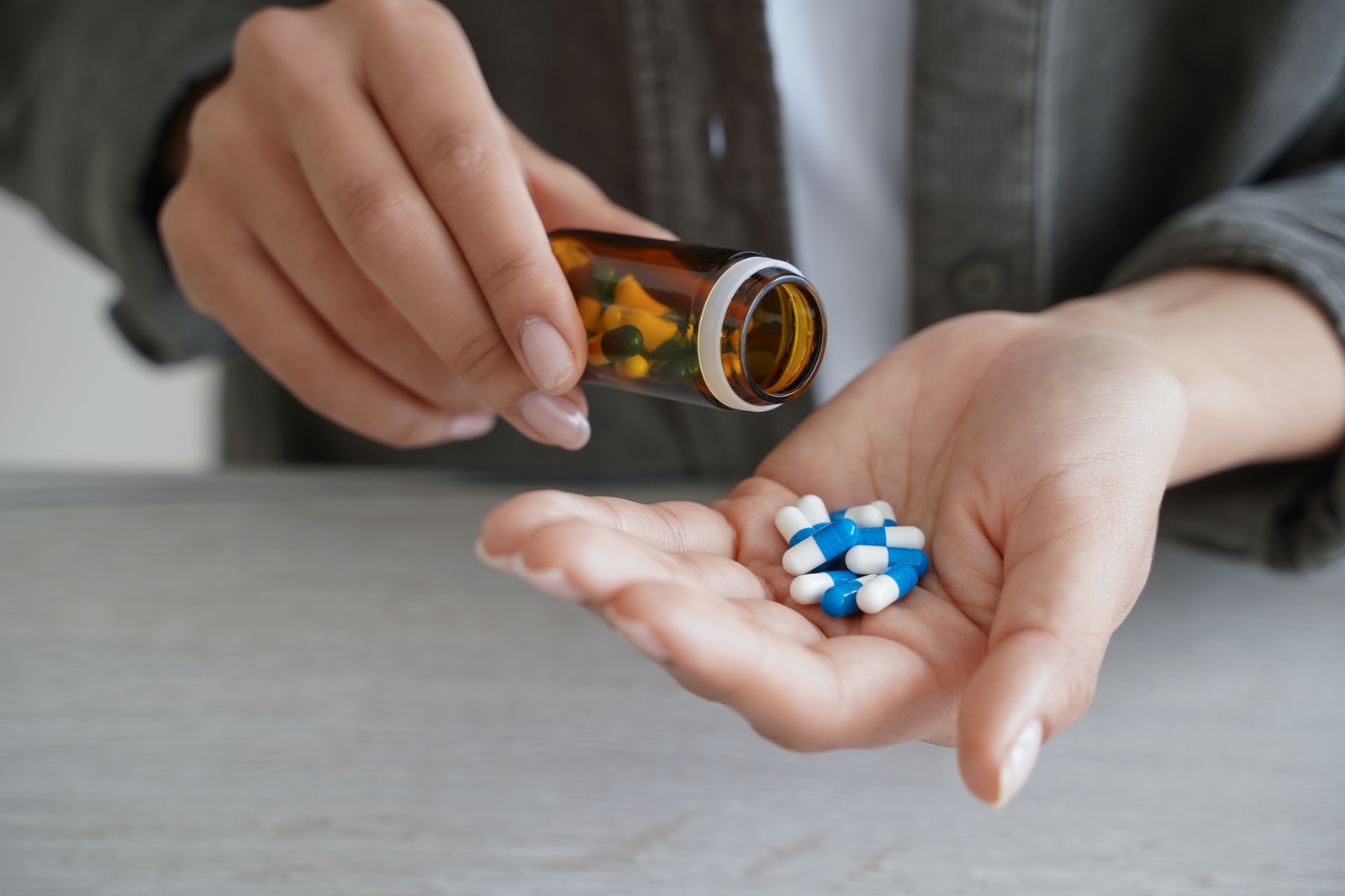What Are the Primary Adderall Ingredients?

- Adderall® is a prescription stimulant containing amphetamine and dextroamphetamine salts, primarily used to treat ADHD and narcolepsy by affecting brain chemicals that control attention and wakefulness.
- The medication comes in two forms: immediate-release (working 4-6 hours) and extended-release (working up to 12 hours), with active and inactive ingredients working together to deliver the medication effectively.
- Its abuse potential is significant, particularly among adults, with a 67.1 percent increase in nonmedical use and 155.9 percent increase in emergency department visits, often obtained through friends or relatives with prescriptions.
- Treatment for Adderall® addiction involves a comprehensive approach combining medical care, counseling, and support networks with care plans designed to your individual needs and circumstances, including high blood pressure and other common side effects.
Adderall® combines two powerful stimulant medications that affect both your central nervous system and brain chemistry. Understanding this prescription medication’s specific ingredients helps explain its therapeutic effects and potential risks. While commonly prescribed for attention-deficit hyperactivity disorder (ADHD) and narcolepsy, knowing the active and inactive components can help people make informed decisions about their treatment options and be aware of possible interactions with other substances.
What is Adderall®?
Adderall® is a prescription stimulant medication primarily used to treat ADHD and narcolepsy.[1] It works by altering certain natural chemicals in the brain to improve focus, attention, and behavioral control in people with ADHD while helping those with narcolepsy stay awake during the day. The medication comes in both immediate-release and extended-release formulations.
As a controlled substance, Adderall® requires careful medical supervision and can only be legally obtained with a valid prescription. While effective for its intended medical purposes, it carries risks of side effects and potential for dependence, particularly when not taken as prescribed. Healthcare providers typically start with low doses and adjust gradually, monitoring their patients closely for both therapeutic benefits and any adverse effects.
What Are the Active Ingredients in Adderall®?
The active ingredients in Adderall® are amphetamine and dextroamphetamine, which come in the form of mixed amphetamine salts.[2] These two Adderall composition elements are present in equal amounts, creating a 50:50 mixture of four different salts: dextroamphetamine saccharate, dextroamphetamine sulfate, amphetamine aspartate monohydrate, and amphetamine sulfate.[3] Each salt has slightly different absorption rates in the body, which helps create a balanced and sustained therapeutic effect.
The immediate-release version of Adderall® delivers these active ingredients quickly into the bloodstream, typically working for 4 to 6 hours.[4] The extended-release formulation (Adderall® XR) uses special beads that dissolve at different rates, allowing the medication to work up to 12 hours. The strength of Adderall® is measured by the total amount of mixed amphetamine salts, with available doses ranging from 5mg to 30mg per tablet.
When prescribed appropriately, these active ingredients increase the availability of certain neurotransmitters in the brain, particularly dopamine and norepinephrine. This mechanism helps improve attention, focus, and impulse control in people with ADHD while also promoting wakefulness in those with narcolepsy.
Are There Any Inactive Ingredients?
Like most medications, Adderall® contains several inactive ingredients that help form the tablet, ensure proper absorption, and maintain the medication’s stability. In immediate-release tablets, these include lactose monohydrate, pregelatinized starch, microcrystalline cellulose, magnesium stearate, and coloring agents.[5] The specific coloring varies depending on the dosage strength – for example, the 20mg tablets contain Yellow #6, while other doses may use different colorants.
Adderall® XR capsules contain additional inactive ingredients to create the specialized delivery system. These include gelatin capsules, methacrylic acid copolymer, triethyl citrate, talc, and various colorants and dyes.[6] The gelatin capsules house the drug-containing beads, while other ingredients help control the release rate of the medication throughout the day.
For people with specific dietary restrictions or allergies, it’s important to note that some formulations contain lactose. Additionally, while rare, some people may be sensitive to particular dyes or other inactive ingredients.
Can Adderall® Be Abused?
As a Schedule II controlled substance, Adderall® carries a high potential for misuse and physical dependence and is a potential drug of abuse.[7] When taken outside of prescribed guidelines, this CNS stimulant can produce euphoric effects and intense feelings of focus, which has led to its misuse, particularly among students and young adults seeking cognitive enhancement or weight loss. The Drug Enforcement Administration (DEA) classifies it alongside other substances that require strict monitoring due to their abuse potential.
Abuse of Adderall® can lead to severe cardiovascular complications, including hypertension, irregular heart rate, and, in extreme cases, heart attack or sudden death.[8] The central nervous system stimulation can also trigger psychological effects such as anxiety, paranoia, and even drug-induced psychosis with prolonged misuse. Long-term abuse may result in physical dependence, where the body requires increasingly larger doses to achieve the same effects – not to mention potential heart problems, constipation, and other drug-drug interactions.
The Food and Drug Administration (FDA) requires specific warning labels about the abuse potential of Adderall® and other amphetamine salts. Healthcare providers carefully evaluate patients before prescribing and monitor them regularly for signs of dependence or misuse. Taking Adderall® without a prescription or in ways other than prescribed (such as crushing and snorting tablets or mixing with other substances) is not only dangerous but also illegal.
How Common is Adderall® Abuse?
Adderall® abuse patterns show significant differences between adolescent and adult populations.[9] Among adolescents, medical treatment visits for Adderall® have decreased, while nonmedical use has remained relatively constant. In contrast, adult misuse of Adderall® has risen dramatically, with a 67.1 percent increase in nonmedical use and a 155.9 percent increase in emergency department visits related to the medication between 2006 and 2011.[10]
The primary source for illegally obtained Adderall® comes through social networks, with most people acquiring the medication from friends or relatives who have legitimate prescriptions. This pattern reveals a concerning trend called diversion, where legally prescribed medication is redirected for nonmedical use. Notably, approximately two-thirds of these diverted medications originally came from legitimate physician prescriptions.
How Can I Get Help For Adderall® Addiction?
Whether someone needs medical supervision for withdrawal or structured therapy to address underlying issues, various care options exist to match different situations and needs. Treatment usually starts with more intensive support and gradually transitions to less structured care as recovery progresses.
A combination of medical care, counseling, and ongoing support helps address both the physical and psychological aspects of Adderall® addiction. Healthcare providers can help manage withdrawal symptoms while therapists work on developing healthy coping skills and addressing any underlying mental health concerns. For those who were originally prescribed Adderall® for ADHD, providers can explore alternative treatment approaches that don’t involve stimulant medications.
Building a strong support network plays a vital role in recovery. This can include professional counseling, support groups, and the involvement of trusted family members and friends. Support groups offer opportunities to connect with others who understand the challenges of recovery, while family support can provide encouragement and accountability. The journey to recovery looks different for each person, and healthcare providers can help determine which combination of support works best.
Frequently Asked Questions About Adderall and Active Ingredients
Are you or a loved one struggling with Adderall® addiction?

